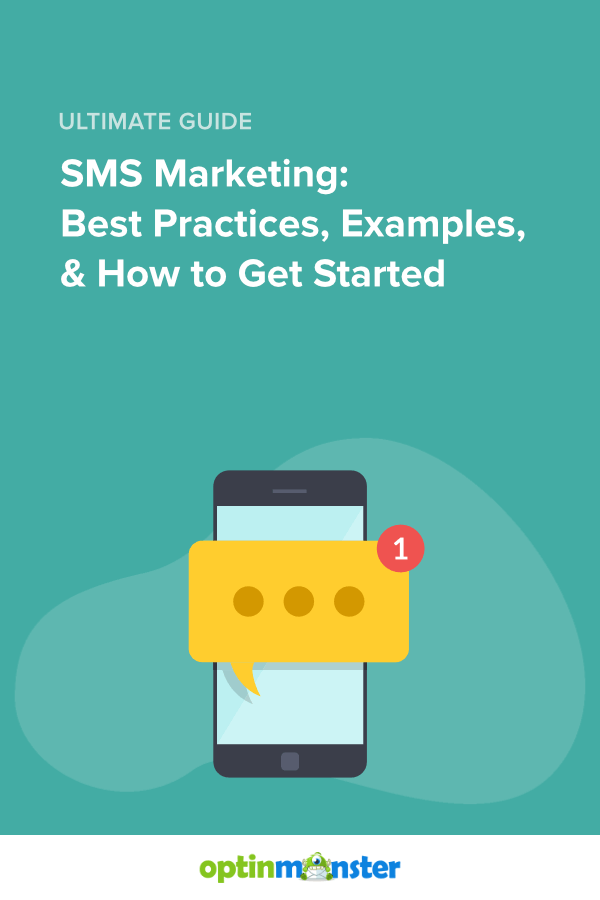Deep Hotlinking: The Ultimate Guide To Benefits & Best Practices!
Are you struggling to cut through the noise and connect your audience directly with the content they need? Deep hotlinking is the answer, a powerful technique that can revolutionize your online presence.
In today's fast-paced digital world, users demand instant access to information. Gone are the days of navigating through layers of websites to find a specific piece of content. Deep hotlinking, the practice of linking directly to a specific resource within a website, has emerged as a game-changer for web developers, content creators, and digital marketers alike. It's a strategic maneuver that can significantly enhance user experience, boost engagement, and ultimately, drive conversions.
| Category | Information |
|---|---|
| Definition | Deep hotlinking is the practice of creating a hyperlink that points to a specific page or resource within a website, bypassing the homepage. |
| Benefits |
|
| Best Practices |
|
| Key Components |
|
| Potential Drawbacks |
|
| Example | Instead of linking to www.example.com, deep hotlink to www.example.com/specific-article |
| Further Reading | Moz's Guide to Internal Linking |
Understanding the concept of deep hotlinking is crucial for anyone involved in managing or creating digital content. It's about providing seamless access to valuable information, streamlining the user journey, and maximizing the impact of your online assets. By strategically implementing deep hotlinks, you can transform your website from a labyrinth of pages into a user-friendly hub of easily accessible content.
At its core, a deep hot link is a hyperlink that directs users to a specific page or resource within a website, rather than simply landing them on the homepage. Think of it as providing a direct pathway to a particular piece of content, bypassing the need for users to navigate through multiple layers of menus and pages. This targeted approach can significantly improve the user experience, making it easier for visitors to find exactly what they're looking for.
To effectively utilize deep hotlinking, it's essential to grasp its key components. A deep hot link comprises three essential elements: the main address of your website, the specific path to the desired page or resource, and optional parameters that can provide additional context or instructions. The main address is the foundation, establishing the domain name of your website. The specific path acts as the roadmap, guiding users to the precise location of the content they seek. Optional parameters can fine-tune the user experience, offering tailored instructions or additional context.
The benefits of deep hotlinking are multifaceted, offering a range of advantages for websites and content creators. By providing direct access to valuable content, these links can significantly increase engagement and reduce bounce rates. When users can quickly find what they're looking for, they're more likely to stay on your site and explore other offerings. Moreover, deep hotlinking can improve your website's SEO performance, as search engines recognize the value of direct links to relevant content.
- Viralkand The Future Of Viral Content Amp Meaningful Connections
- Jaat 2025 Movie Buzz Release Date Cast More Details
Deep hotlinking isn't just a technical strategy; it's a cornerstone of effective digital marketing. By incorporating deep links into your marketing campaigns, you can create a cohesive user experience across different touch points. For example, you can include deep links within email campaigns, social media posts, or push notifications, seamlessly guiding users to specific product pages, articles, or promotions. This integrated approach maximizes the impact of your messaging efforts and drives conversions.
However, engaging in deep hotlinking responsibly is paramount. Always seek permission from the original content owner before deep hotlinking to their resources. Providing proper attribution to the original source is also essential, giving credit where it's due and maintaining ethical standards. Consider using alternatives like embedding content instead of direct linking, especially when dealing with copyrighted material.
Best practices for deep link implementation extend beyond ethical considerations. Ensuring links are functional across platforms is crucial, as users access content from various devices and browsers. Using descriptive and relevant link names can improve user experience, making it clear where the link will lead. Incorporating deep links into marketing campaigns can amplify their impact, driving targeted traffic to specific resources. Regularly testing links is essential to ensure they work as intended, preventing broken links and frustrated users.
When writing deep link text, precision and clarity are key. The link text should accurately reflect the content of the linked page, providing users with a clear expectation of what they'll find. Avoid vague or misleading link text, as it can lead to user frustration and distrust. Instead, focus on using descriptive and relevant keywords that highlight the value of the linked content.
Understanding the impact of deep linking on user engagement metrics is essential for optimizing your online strategy. Deep links can significantly improve click-through rates, as users are more likely to click on a link that leads directly to the content they're interested in. They can also reduce bounce rates, as users are immediately presented with the information they seek. By tracking these metrics, you can gain valuable insights into the effectiveness of your deep linking efforts.
To maximize the effectiveness of deep hotlinks, it's crucial to educate your audience about their benefits. Clearly communicate how deep hotlinks can save them time and effort, providing direct access to the information they need. Provide clear instructions on how to use deep hotlinks, ensuring that users understand how to navigate to the desired content. By empowering your audience, you can foster a more engaging and rewarding online experience.
Seeing deep hotlinking in action can be incredibly enlightening, demonstrating its real-world applications and potential impact. Consider examples of websites that effectively use deep hotlinks to enhance user experience, drive engagement, and improve SEO performance. Analyzing these case studies can provide valuable insights into how to implement deep hotlinking successfully.
There are various types of deep hotlinking, each with its own characteristics and applications. Embedding images from external sources is a common form of deep hotlinking, allowing you to incorporate visual content from other websites into your own. Directly embedding videos hosted on other platforms is another popular technique, enabling you to showcase engaging video content without hosting it yourself.
Once a deep hotlink is integrated, it's essential to test its performance and make adjustments as needed. Regularly monitor click-through rates, bounce rates, and other key metrics to assess the effectiveness of your deep linking strategy. If you notice any areas for improvement, don't hesitate to tweak your approach, optimizing your links for maximum impact.
Deep hotlinking is not without its potential drawbacks. Copyright infringement can occur if you deep hotlink to content without obtaining permission from the original owner. Link rot, the phenomenon of broken links due to changes in website structure or content, can negatively impact user experience. Dependence on external resources can also be a concern, as your website's functionality may be affected if those resources become unavailable.
To avoid common mistakes when deep hotlinking, always prioritize ethical considerations and respect copyright laws. Regularly check your links to ensure they are still functioning correctly. Diversify your content sources to mitigate the risk of dependence on external resources. By taking these precautions, you can minimize the potential downsides of deep hotlinking and maximize its benefits.
In conclusion, deep hotlinking is a vital component of any successful digital marketing strategy. By implementing effective deep hotlink practices, you can enhance user experience, improve SEO performance, and increase conversion rates. Embrace the power of deep hotlinking and unlock its potential to transform your online presence.
In an era where content is abundant and easily accessible, understanding deep hotlinks can significantly impact how users interact with online resources. By mastering the art of deep hotlinking, you can create a more engaging, user-friendly, and effective online experience.
- India Website Trends Fry99 Insights What We Found
- Aditi Mistrys Nip Slip The Full Story What Happened Next

Deep Hot Link Understanding The Concept, Benefits, And Best Practices

Deep Hot Link Understanding The Concept, Benefits, And Best Practices
Deep Dive Into Deep Hot Links & Their Benefits